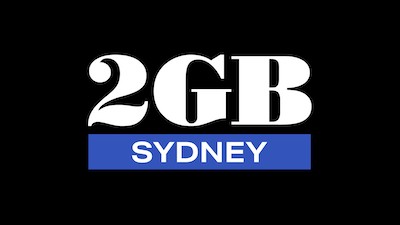The Hit Network. Is it a Hit or is it a Dud? – Part 3
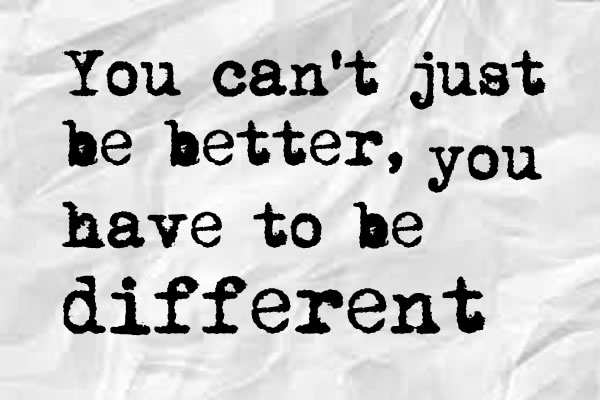
In Part 3, The Hit Network. Is it a Hit or is it a Dud? – Brad explores further what defines being different. He will again seek perspective from industry experts who have been there and done that, including Eric Stephens, former ARN Group Marketing Director and Brand & Creative Strategist at True Sydney.
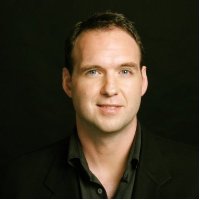 Eric Stephens, has experience with radio branding at Clear Channel, CBS, Entercom as well as ARN. He says “Management and marketing people tend to jump to execution before ideation or brand essence development “
Eric Stephens, has experience with radio branding at Clear Channel, CBS, Entercom as well as ARN. He says “Management and marketing people tend to jump to execution before ideation or brand essence development “
Eric said; “The Nova brand was well thought out, the positioning exceptional. Nova has altered brand position a few times, but the core belief is still strong. Does the product itself have to be good? Does it have to meet the consumer need? Yes and yes”
Talking about the new ‘Hit’ Brand Eric said; “What if SCA had taken this opportunity to rebuild and started with why they do what they do (their cause) instead of jumping to the how and what so quickly? Would it have made this last survey any better? No. But I believe and sound science (consumer behaviour) says we have a bigger opportunity for success if we start by creating a cause instead of jumping straight to a brand name that is based on something that worked 20 years ago or that “tests” well.”
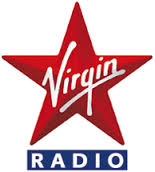 Eric added “What if SCA could have done a deal with Virgin and launched the Virgin Radio Network in Australia? Do you think cume would have been higher? I would guarantee it. Would the story to our clients and agencies be believable? Damn straight. Brand strength and brand belief can make a huge difference. Virgin or Hit? I know what I would choose”
Eric added “What if SCA could have done a deal with Virgin and launched the Virgin Radio Network in Australia? Do you think cume would have been higher? I would guarantee it. Would the story to our clients and agencies be believable? Damn straight. Brand strength and brand belief can make a huge difference. Virgin or Hit? I know what I would choose”
With regard to product differentiation let’s look at some past history of radio brand changes and launches…….
When Classic Rock (formerly Vega) changed brands to Smooth there was a major, discernable product difference. It had a unique, very clear point of difference. And in that case there was an obvious, viable ‘gap’ in the market.
When Kiis Sydney re branded, it had the markets strongest, high rating heritage breakfast team K & J to drive it. And the music changed as well, but the big difference, of course, was breakfast.
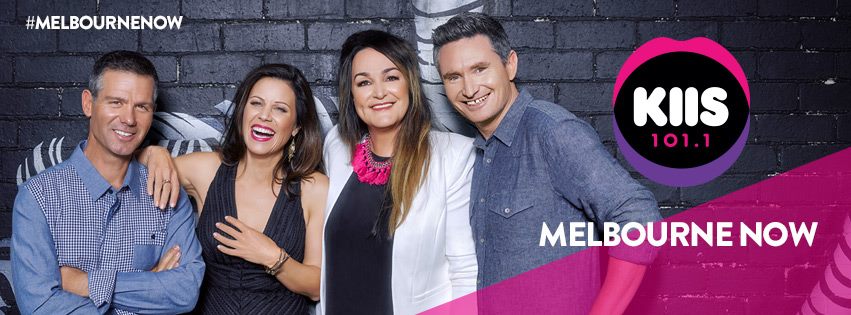 When Kiis Melbourne rebranded it had a new breakfast show with key ‘ heritage ‘ talent, a strong ‘new’ drive show with key ‘ heritage ‘ talent and what was a less obvious music shift; in fact to the average listener probably no discernable music change.
When Kiis Melbourne rebranded it had a new breakfast show with key ‘ heritage ‘ talent, a strong ‘new’ drive show with key ‘ heritage ‘ talent and what was a less obvious music shift; in fact to the average listener probably no discernable music change.
When Nova first launched against 2Day and Fox etc it had a unique, different broad music format playing everything from dance, pop, rock, alternative, hip hop and for the first time playing those genre’s back to back. It had minimal commercials and tons of marketing on television and outdoor.
The combination of all of these elements gave Nova a competitive advantage. In Melbourne, Nova went #1 overall in it’s 2nd survey.
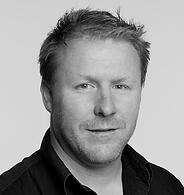 Dan Bradley, now Executive Director of artist management and radio consultancy Kaizen Media, was the programmer who launched Nova 100 and commented:
Dan Bradley, now Executive Director of artist management and radio consultancy Kaizen Media, was the programmer who launched Nova 100 and commented:
“It was an exciting time, Nova Sydney had launched about 7-months earlier, and by the time Melbourne launched Sydney was on a 9.3% overall, ranked #3 in that market and was 1.3% off the #1 position so the strategy was clearly working”.
“The Nova 100 launch benefited greatly from having just been through the process of putting Sydney on the air earlier in the year, and the Melbourne launch was strong, not because the incumbent stations were weak (they weren’t), but rather because Nova was genuinely different, to normal listeners ears, from other radio brands“
“This difference was all-encompassing, obviously in terms of the music played, and how it was put together, but in everything else as well; the tone and attitude on the station, the disciplined looseness, the way we did news, the Breakfast show, the street presence – everything had to be different and was filtered through that “
“It’s a cliche, but it really was a genuine collective achievement from a fantastic team, with an extraordinary culture, at group level led by Paul Thompson and Dean Buchanan, and at station level, and this provided the environment for Nova to be genuinely different yet have strong listener appeal, in building and holding a new ‘hill” “
So just being new, changing brand names, launching a new brand name or even saying you are ” NEW ” is not enough, and I’m not saying that is the case with Hit107 and 2Day/Hit.
But you have to be different. You have to be VERY different.
You can’t just be better, you have to be different. And you have to over compensate and exaggerate the difference. Listeners have to really notice the difference.
The other great challenge is making sure the entire team is on the same page. There needs to be strong off air support , great leadership and a well developed culture internally.
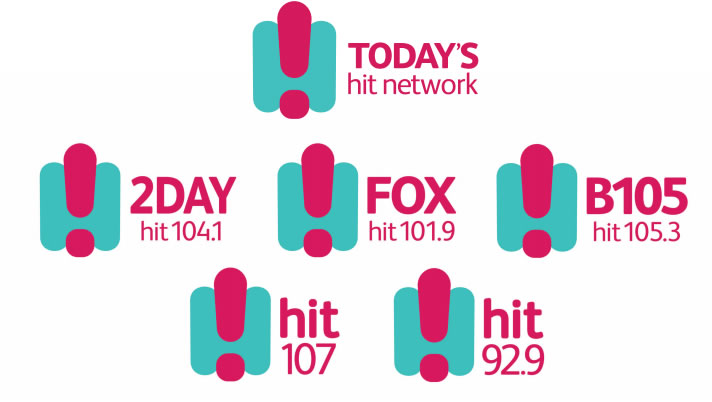 For the Hit stations, they have to make sure no-one working on them is thinking of them as being a continuation of the Today stations. Otherwise it won’t have the impact of being a new brand, or even the impact of a being a re-brand.
For the Hit stations, they have to make sure no-one working on them is thinking of them as being a continuation of the Today stations. Otherwise it won’t have the impact of being a new brand, or even the impact of a being a re-brand.
The biggest differences in the two recent SCA relaunches (Hit107 and 2Day/Hit) is breakfast. And breakfast just takes a long time. Think of how long you think it will take and then double it. And you usually lose audience before you gain.
Notwithstanding my comments on the music differentiation, for 2Day/Hit, the new format and breakfast can’t be judged on just one survey result, many in the industry will be quick to do so, and it is unfair. Essentially that’s just gossip. It was only relaunched a couple of months ago, so it is too early to assess.
SCA programmers will have a good indication of whether it’s going to work by the middle of the year, and that’s a reasonable timeframe to expect some signs to be emerging.
Greg Smith Austereo’s former Group Program Director, and radio ‘Hall of Fame’ inductee said “SAFM and B105 were such powerful brands that listeners had real passion for, so if you are going to change them, it needs to be to something (product) that’s powerful and compelling, something the audience will LOVE”
Differentiation is important in all consumer categories but some products are more ‘ generic’ than others.
.jpg) Radio stations are not tubes of toothpaste, cans of cola or petrol. There is little product differentiation with toothpaste, cola or petrol. Consumers don’t get passionate about petrol, cola or toothpaste. And they pay for these products but don’t don’t ‘pay’ for radio.
Radio stations are not tubes of toothpaste, cans of cola or petrol. There is little product differentiation with toothpaste, cola or petrol. Consumers don’t get passionate about petrol, cola or toothpaste. And they pay for these products but don’t don’t ‘pay’ for radio.
The brand ‘name’ has a vital role to play but in radio ( like other media, television, newspapers and magazines ) the content largely creates the brand. The greatest marketing weapon radio programmers can have is their own product and airtime.
Radio programmers can change the content, the product on an hourly, daily, weekly basis. And that’s where radio is different to most consumer products.
 Eriks Celmins former National Head of Research & Strategy with Austereo and DMG, currently Managing Director of Third Wave Media and Insider Focus put it this way;
Eriks Celmins former National Head of Research & Strategy with Austereo and DMG, currently Managing Director of Third Wave Media and Insider Focus put it this way;
“It all gets down to product, execution, capturing a hot trend, disruptive momentum; and a complacent competitor helps”
It is easy sitting on the sidelines and being an ‘expert’ and of course everyone is an ‘expert’ on survey days.
In the end, the listeners are the experts and will make their decision. But they will need time to do so, and time to become familiar with, or aware of, changes.
It just takes time. I expect the SCA programmers, as well as the Nova and ARN ones, know this. Let’s hope the SCA board does as well.
The success of the Hit brand depends on it.
Brad March is a Director of Radio Today and a former Group Program Director and CEO of Austereo. He is Director of Marchmedia and Pacific Retail Management.
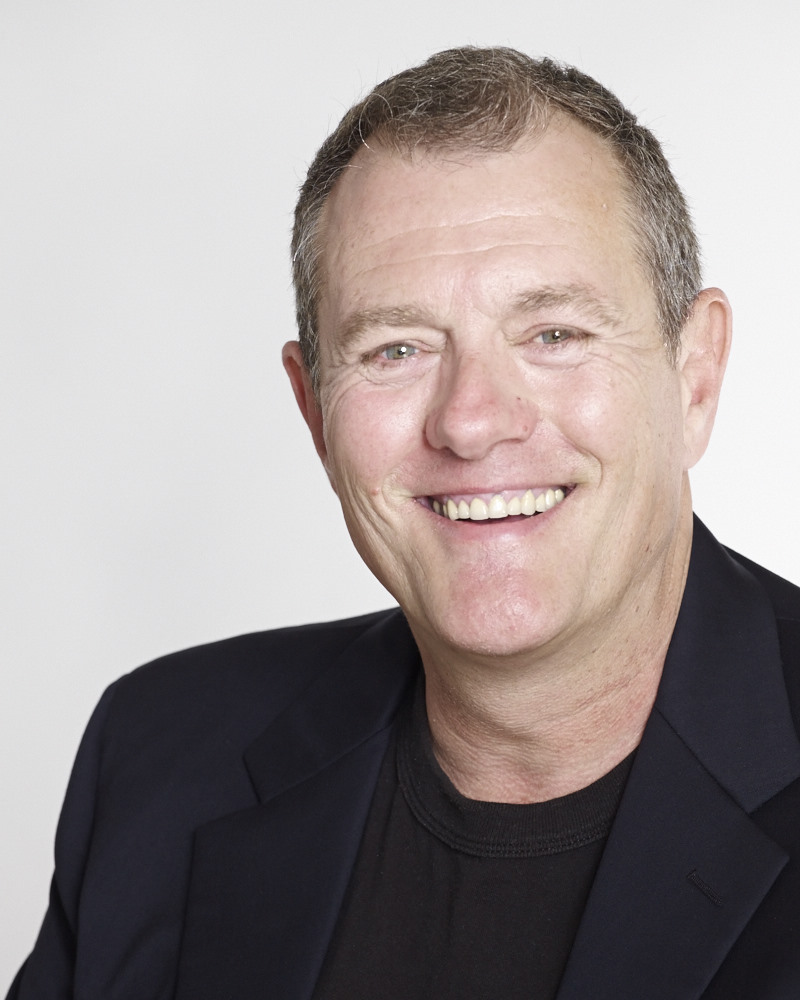 |
 |
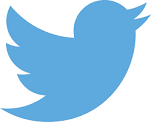 |
